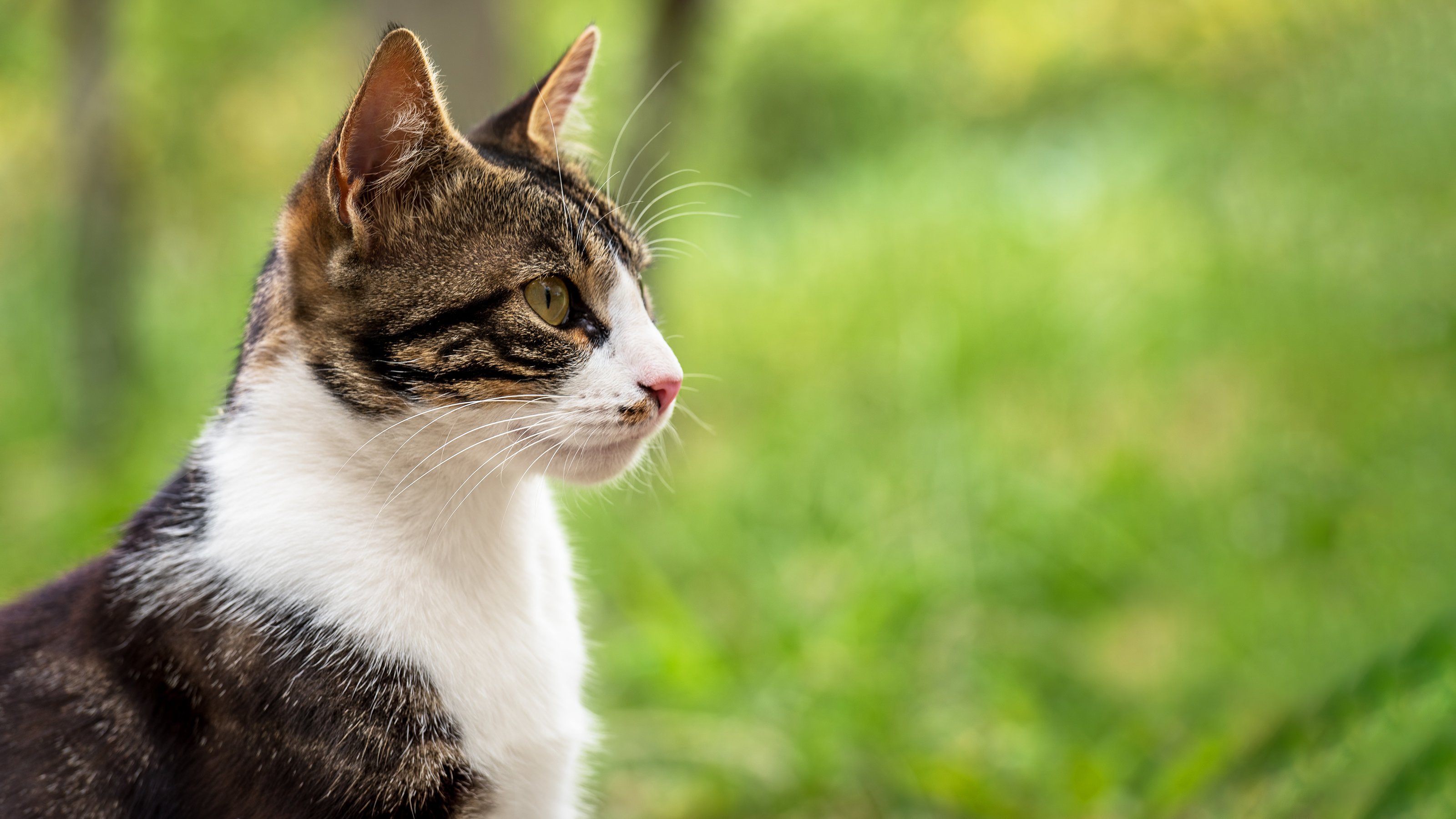
Lungworm And Your Cat
Lungworm disease in cats is quite rare in the UK but, like many parasites, the number of cases seems to be rising.
Cat lungworm and dog lungworm are not the same parasite, and feline lungworm is usually less severe than its canine counterpart.
Read more about lungworm
Feline lungworm, also known by its Latin name Aelurostrongylus abstrusus, are found in the lung tissue and pathways in nodules, unlike the dog lungworm which actually lives mainly in the heart. While, like its canine counterpart, feline lungworm can be picked up by interacting with slugs and snails, the feline lungworm can also live inside birds and small mammals such as mice. This means that cats are at risk of picking up feline lungworm when they hunt.
One study found that 2.2% of UK cats had feline lungworm eggs in their faeces.
Other species of feline lungworm do exist, but are rarer.
Cats can get lungworm by eating infective lungworm larvae. These can be found:
- In the slimy coating of slugs and snails – there are 20000 slugs and snails in the average UK garden!
- These larvae can survive for a short time off hosts such as slugs and snails, so larvae can also be found in water bowls where slug or snail contamination might not be obvious.
- Inside birds and rodents, such as mice, which can be ingested after hunting
- Kittens can get lungworm from their parents, and can be infected before being born, or through the milk.
The most common signs of feline lungworm infection are:
- Coughing (but not in all cases)
- Changes in breathing or struggling to breathe
- Discharge from the nose
- Development of pneumonia
- Going off food
Most cases show few or no signs however although, in animals that do, especially young kittens, lungworm can be fatal.
If your cat is experiencing any of these signs you should make an appointment with your local Companion Care practice.
There are currently no licenced products to prevent feline lungworm in the UK, although experimentally some products do seem to work. Indoor cats are at much less risk of getting lungworm, but with the low infection rate, and most infections having mild or no symptoms, the benefits of outdoor access outweigh the risk of lungworm infection in most cases.
If you think your cat might have a lungworm infection, the best thing to do is to go to your vet. They can do a full physical examination, and check your cat over from nose to tail! Faecal testing is the most common way to look for a feline lungworm infection. If there is a risk your cat may have lungworm, your vet will prescribe a worming treatment suitable for feline lungworm, which should eliminate the worms, as well as providing any other treatment that might be necessary if your cat is showing more serious signs. Cats may also develop immunity against the worms themselves, although usually this is seen in cases with less developed clinical signs.
Although infection by lungworm has not been proven to be prevented by the deworming protocols available, if your cat has been diagnosed with lungworm it is very likely that they will be exposed to multiple types of parasite. If you are not already using parasite prevention on your cat routinely, your vet will discuss your options and the best way to give your cat the best protection you can.
The feline lungworm Aelurostrongylus abstrusus cannot be transmitted to humans. Capillaria aerophila, a rarer lungworm, can infect humans but this is very uncommon.
